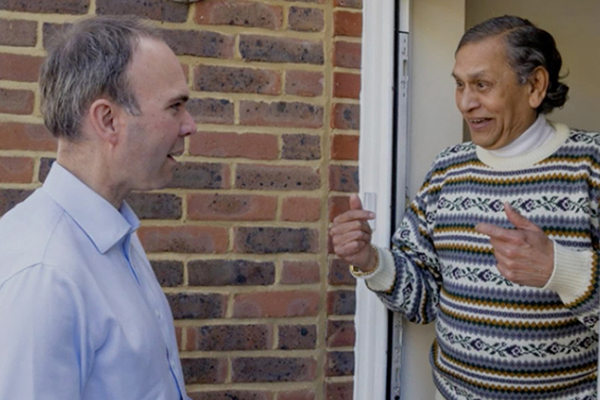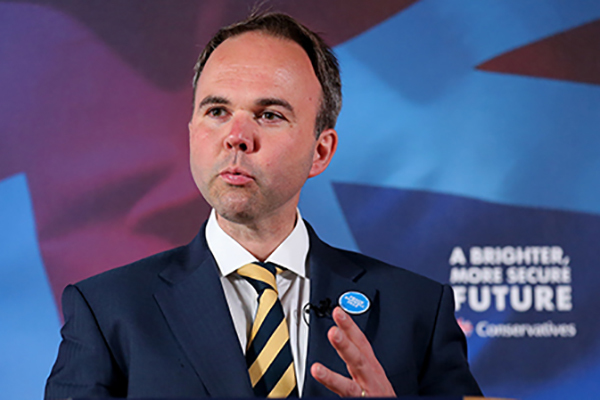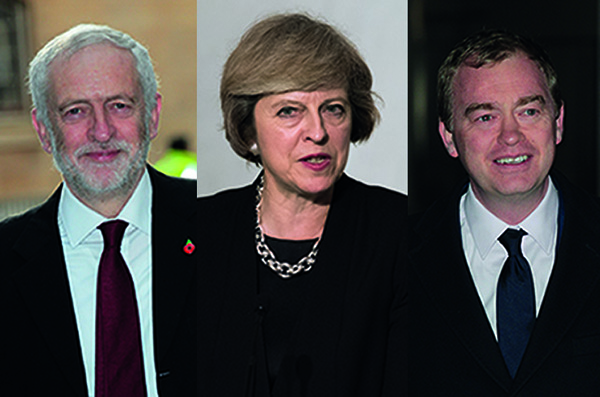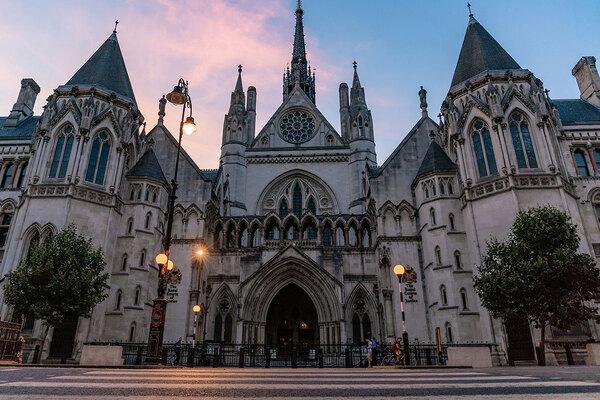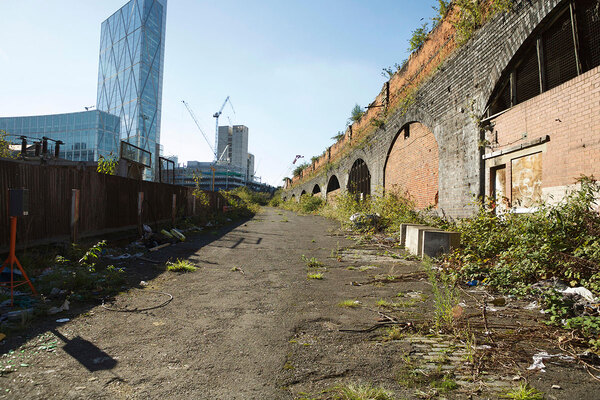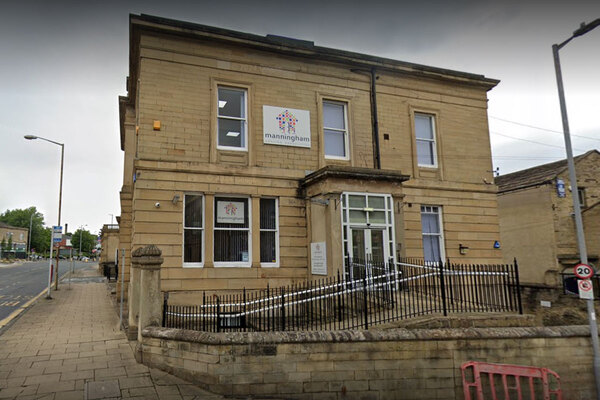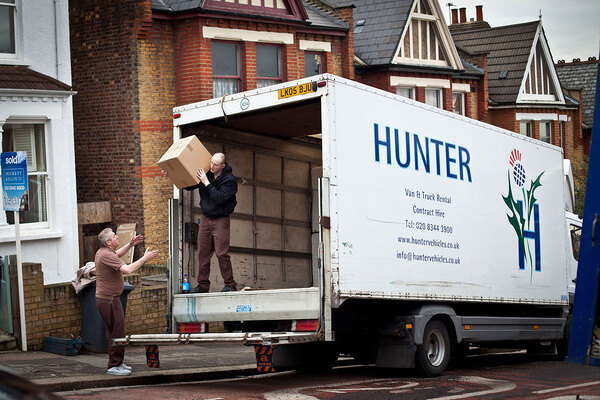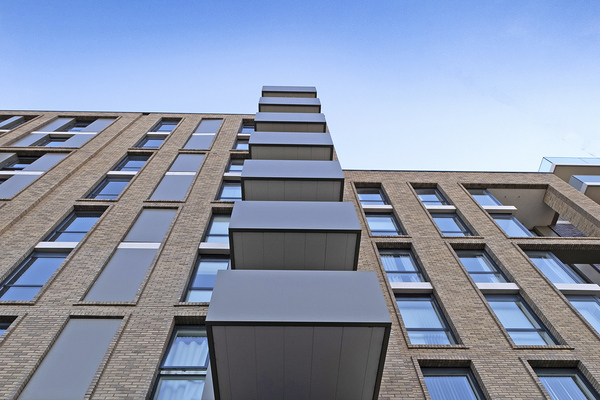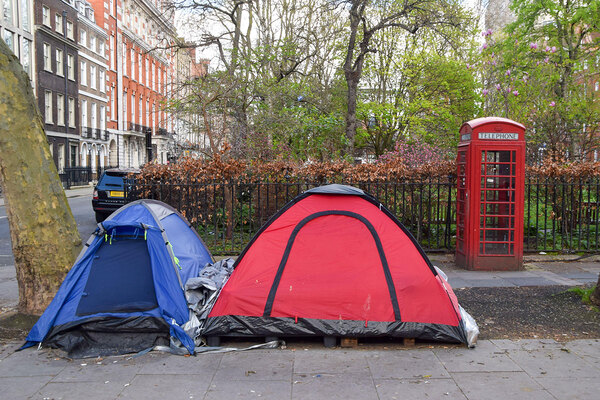You are viewing 1 of your 1 free articles
Gaps are showing in party pledges
Gaps are showing in party pledges | Opinion | Inside Housing Measures to ensure a sustainable housing market are missing from the main parties’ manifestos, says Emma Maier
Over the past couple of years, the phrase ‘housing crisis’ has passed into the media and political lexicon, and arguably into common parlance.
Debate has focused mainly on boosting the supply of new homes.
Debate has focused mainly on boosting the supply of new homes.
It is encouraging to see politicians of all parties grappling with what can be a difficult sell on the doorstep (and in the back yard). But now that there is agreement on supply, it is time for more nuance.
Lack of supply is only part of the housing crisis and will only be part of the solution. We need to talk about affordability.
The government has been tuned in to affordability for would-be owner-occupiers. Yet with house prices continuing to increase relative to earnings, renters are the fastest growing group.
Cue the Conservatives’ encouraging, if surprising, pledge to provide “a new generation of social rented homes”.
Inside Housing has learned that the Tories actually mean affordable rent at up to 80% of market rent, rather than social rent at nearer 40%.
For those on the lowest incomes, this can be the difference between affordable and not.
The Conservatives have also been unclear on the other policy which would reduce the number of social homes: the Voluntary Right to Buy, funded from the forced sale of the most valuable council homes.
The high-profile pledge announced under David Cameron is politically difficult to drop and the party remains committed to helping housing association tenants buy.
Conservative housing spokesperson Gavin Barwell has understood the difficulties an asset raid would pose for councils both financially and in eroding social stock, but he has stopped short of ruling it out.
The softening position is welcome, but the funding uncertainty remains problematic. Mr Barwell suggests the funding mechanism will be decided in conversation with the Treasury - a department that almost always gets its way. And if the Conservatives win, Mr Barwell may not be the housing minister fighting that corner.
Meanwhile, Labour’s housing offer is broader, more focused on affordability, and, according to YouGov, it is popular with more voters.
“Now that there is agreement on supply, it is time for more nuance.”
Labour has said it will deliver an unspecified number of social rented homes, 4,000 homes for rough sleepers, and suspend the Right to Buy for councils unable to provide one-for-one replacements.
In its latest major housing announcement before the election, Labour said it would roll out London mayor Sadiq Khan’s ‘Living Rent’ model, which offers homes at a third of average local salaries, as a new mid-market offer.
The party’s pledge to create a “Department for Housing” tasked with improving the “number, standards and affordability of homes” is also eye-catching.
What’s missing from both parties’ pledges is building a housing market that is sustainable for all incomes.
With house prices and many rents growing faster than wages, it is a serious issue.
Emma Maier, editor, Inside Housing

